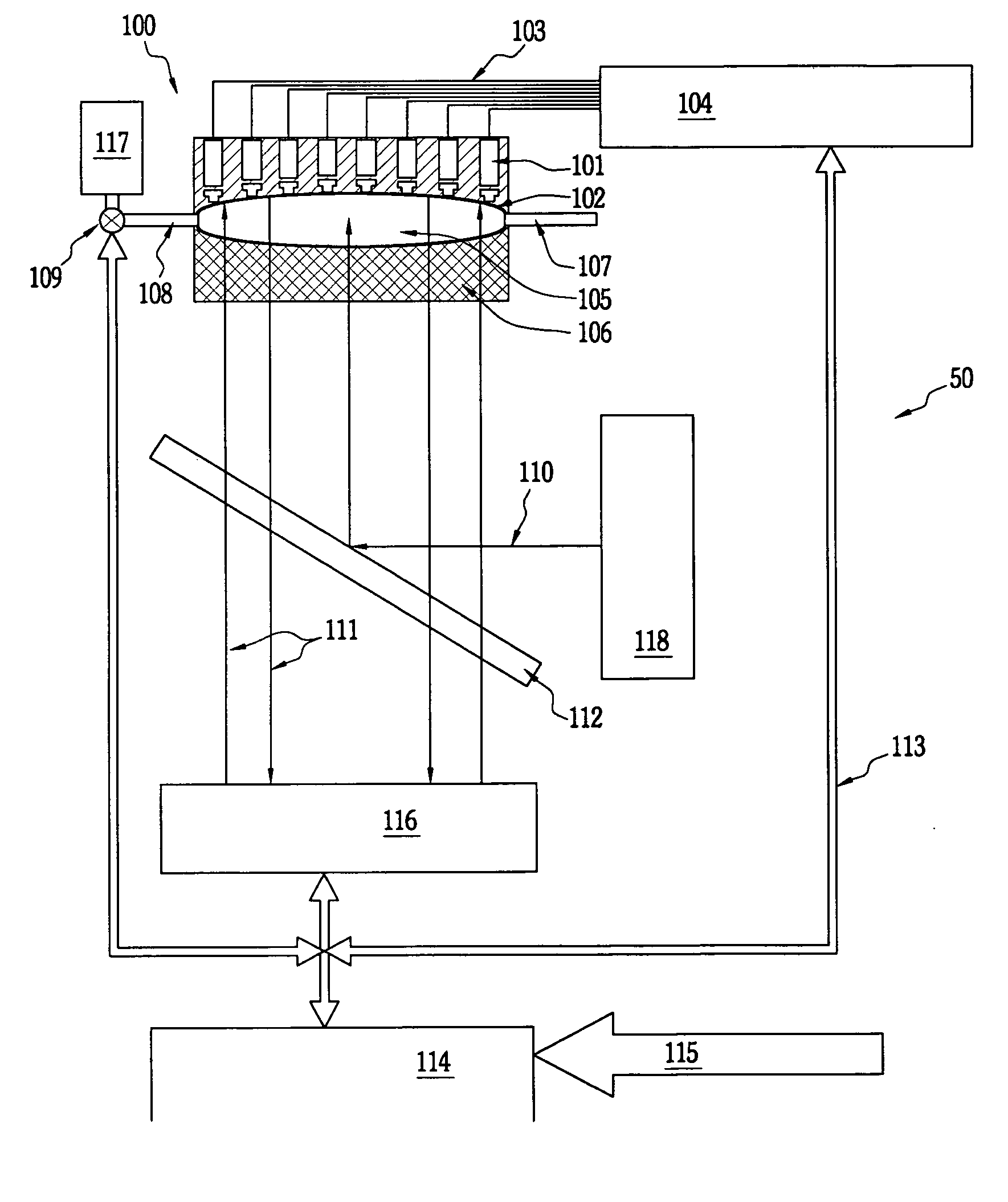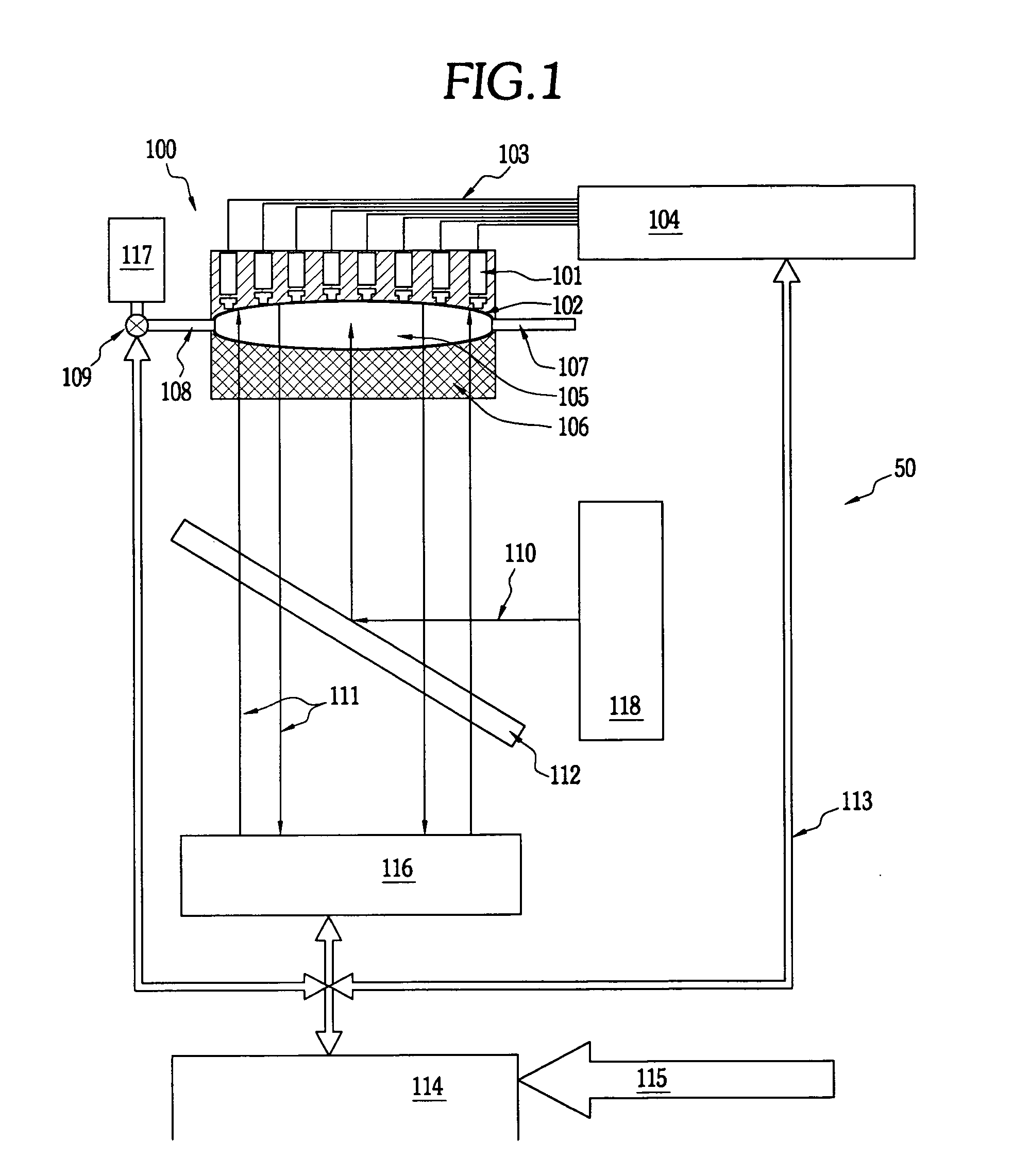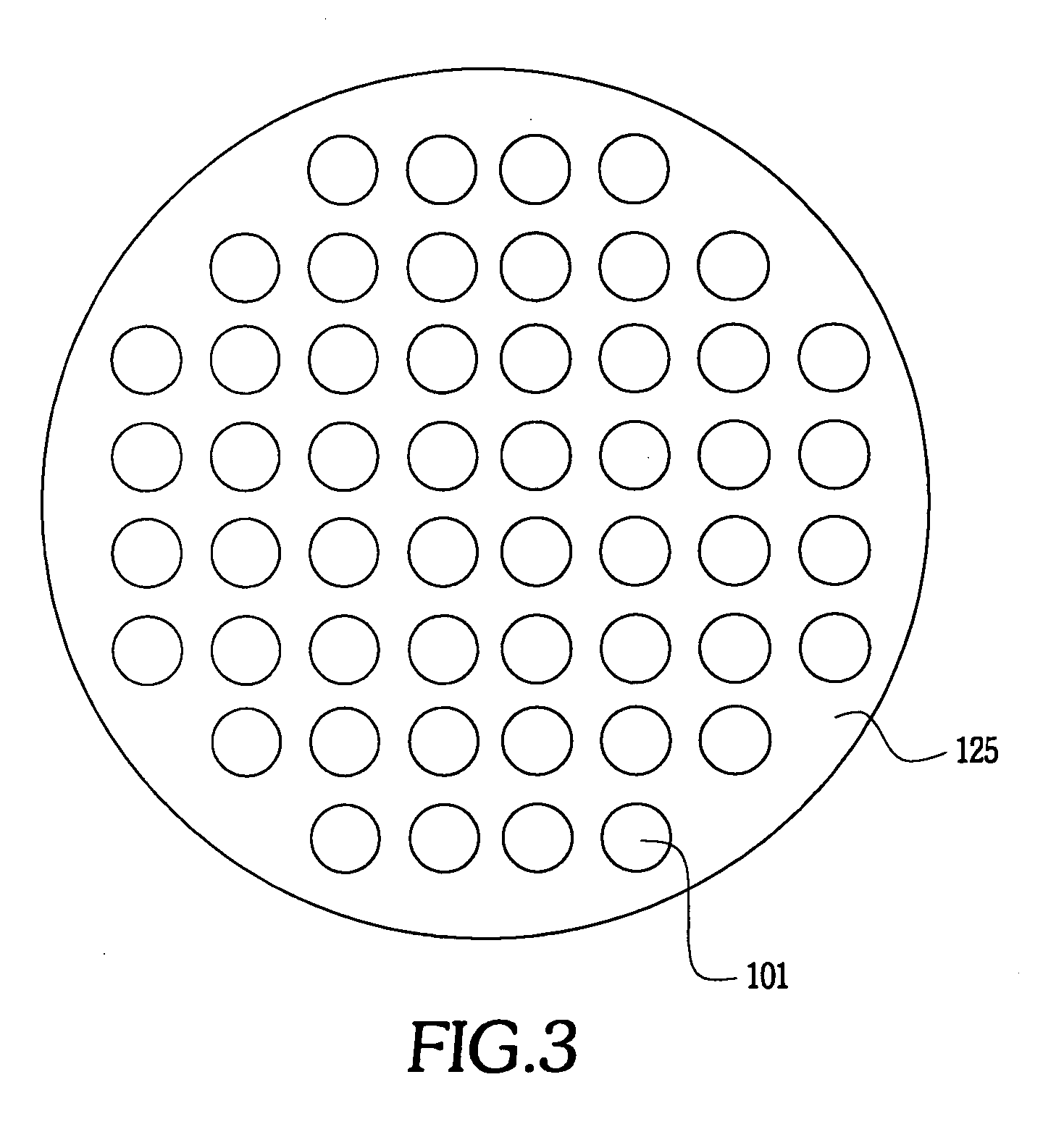Custom contact lens molding system and methods
a contact lens and molding system technology, applied in the field of custom contact lens molding system and methods, can solve the problems of prohibitively thin corneal tissue thickness in the center of the cornea, adversely affecting the imaging properties of the eye, and not without limitations, and achieve the effect of preventing further deformation
- Summary
- Abstract
- Description
- Claims
- Application Information
AI Technical Summary
Benefits of technology
Problems solved by technology
Method used
Image
Examples
Embodiment Construction
[0021] The present invention is directed to systems and methods for forming custom lenses, and in particular, for forming contact lenses suitable for treating astigmatism and other higher order aberrations. Commercially available contact lens designs often provide only a limited degree of customization. The system and methods of the present invention permit enhanced customization of contact lenses, at lower cost and with greater ease-of-use than may be currently achievable.
[0022] Prior to fabricating a custom contact lens for a particular patient, the patient's vision deficiency must be assessed. Apparatus and methods for making this assessment are known, such as described in U.S. Pat. No. 6,598,975 to Liang, et al., which is hereby incorporated by reference in its entirety. The prescriptive information obtained using a wavefront measurement device then may be used as input for the custom contact lens fabrication system of the present invention. While this information generally ori...
PUM
| Property | Measurement | Unit |
|---|---|---|
| wavelengths | aaaaa | aaaaa |
| surface contour | aaaaa | aaaaa |
| moldable | aaaaa | aaaaa |
Abstract
Description
Claims
Application Information
 Login to View More
Login to View More - R&D
- Intellectual Property
- Life Sciences
- Materials
- Tech Scout
- Unparalleled Data Quality
- Higher Quality Content
- 60% Fewer Hallucinations
Browse by: Latest US Patents, China's latest patents, Technical Efficacy Thesaurus, Application Domain, Technology Topic, Popular Technical Reports.
© 2025 PatSnap. All rights reserved.Legal|Privacy policy|Modern Slavery Act Transparency Statement|Sitemap|About US| Contact US: help@patsnap.com



